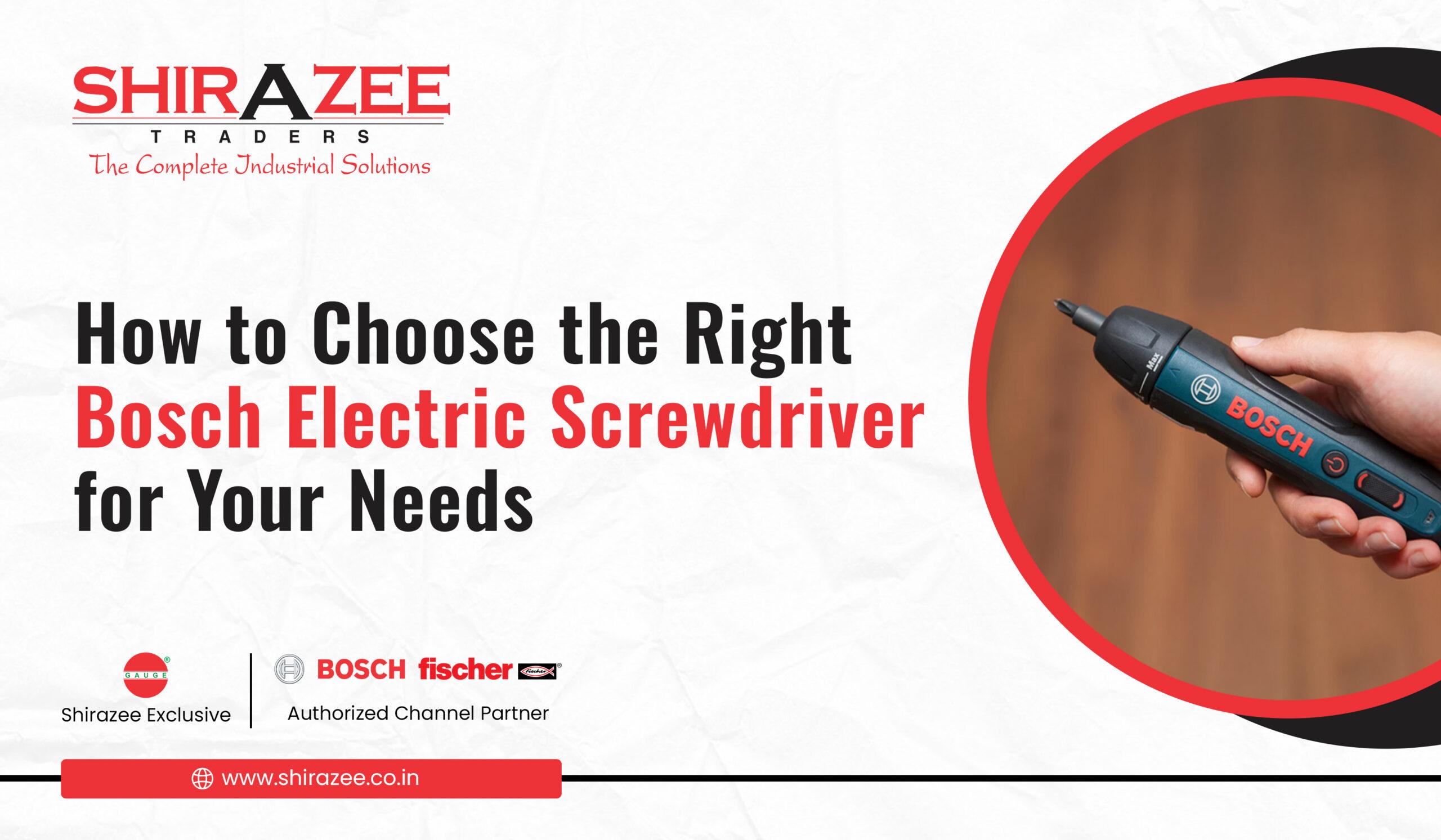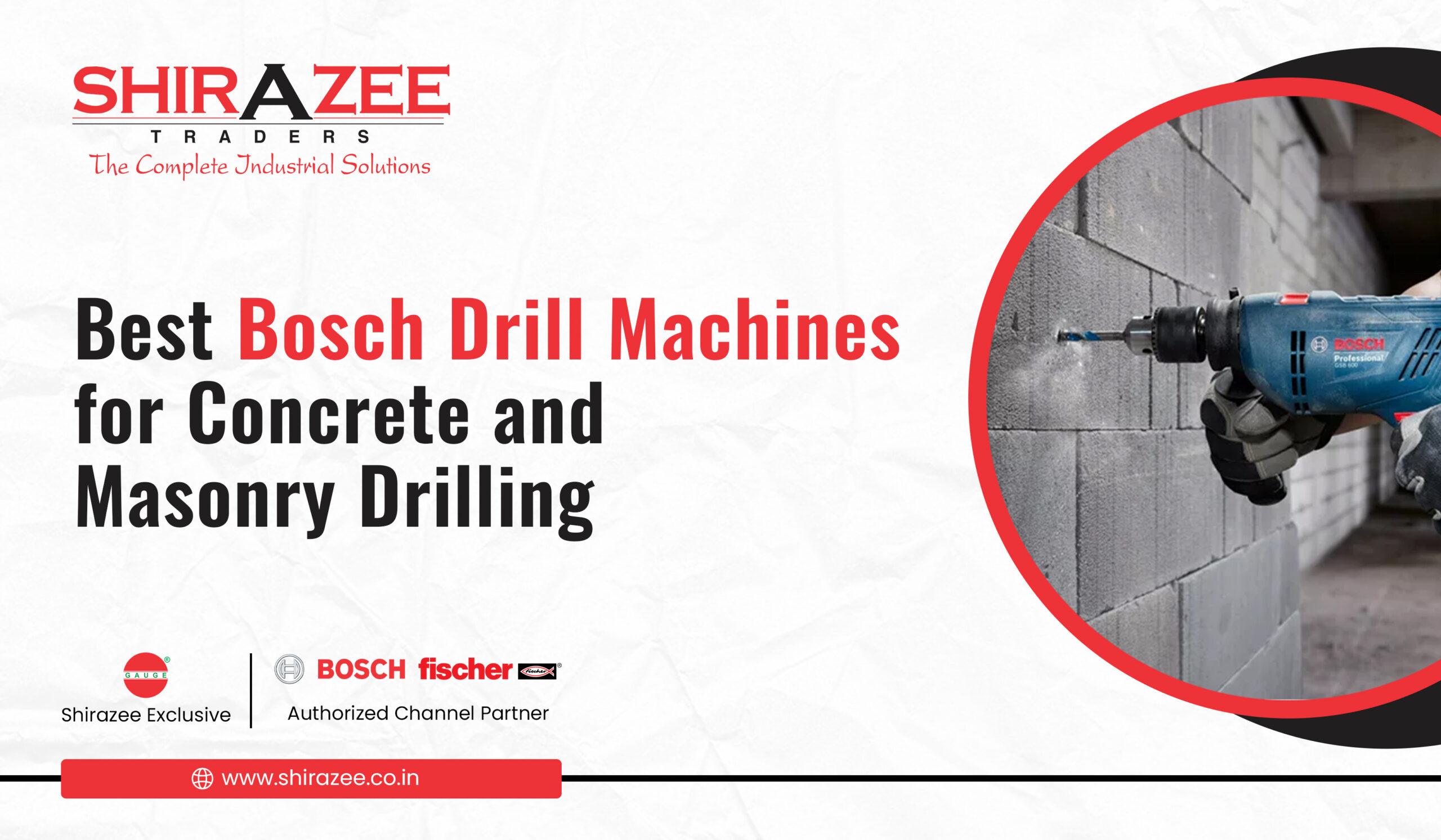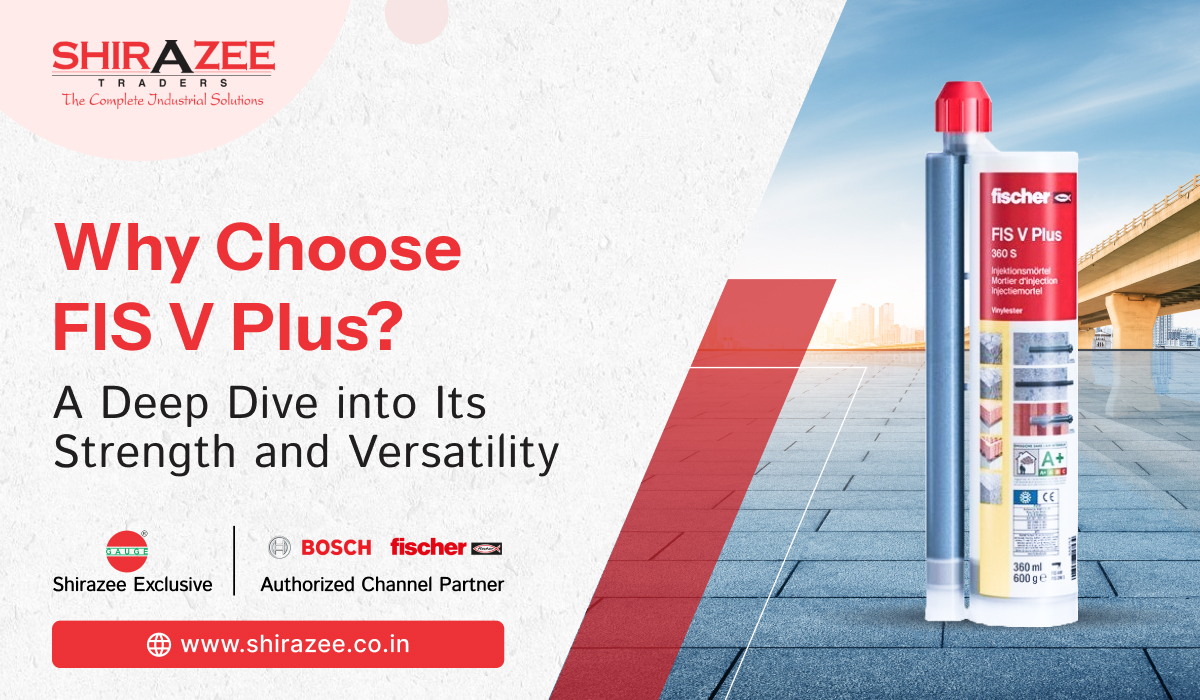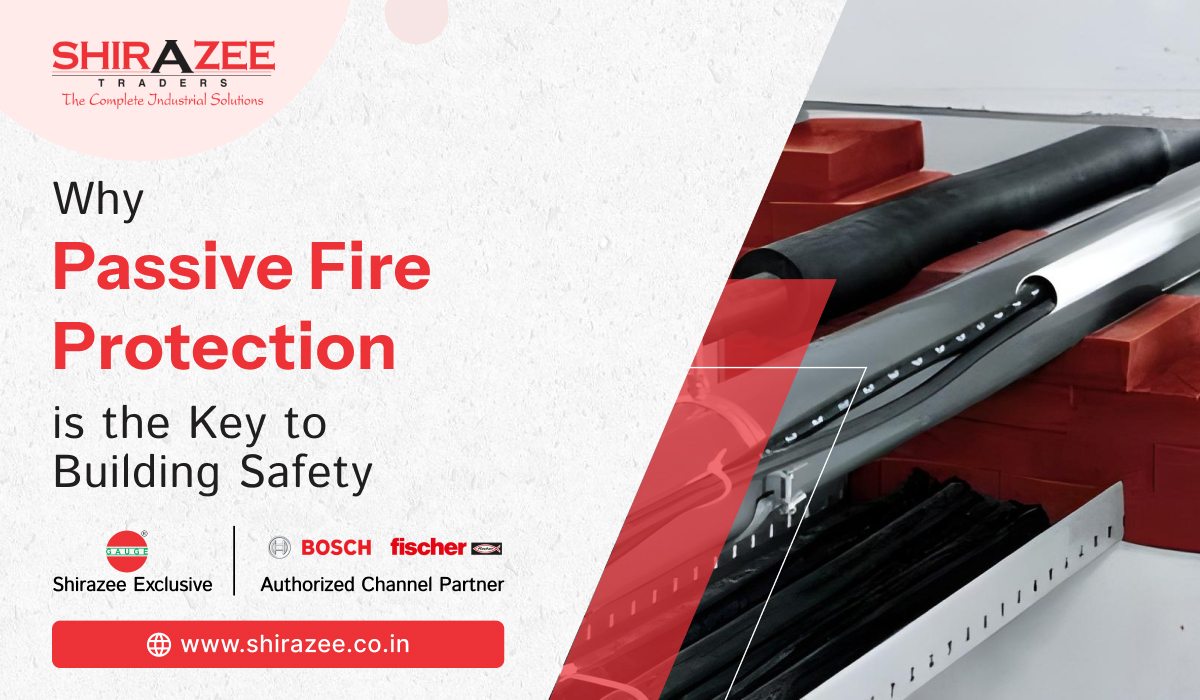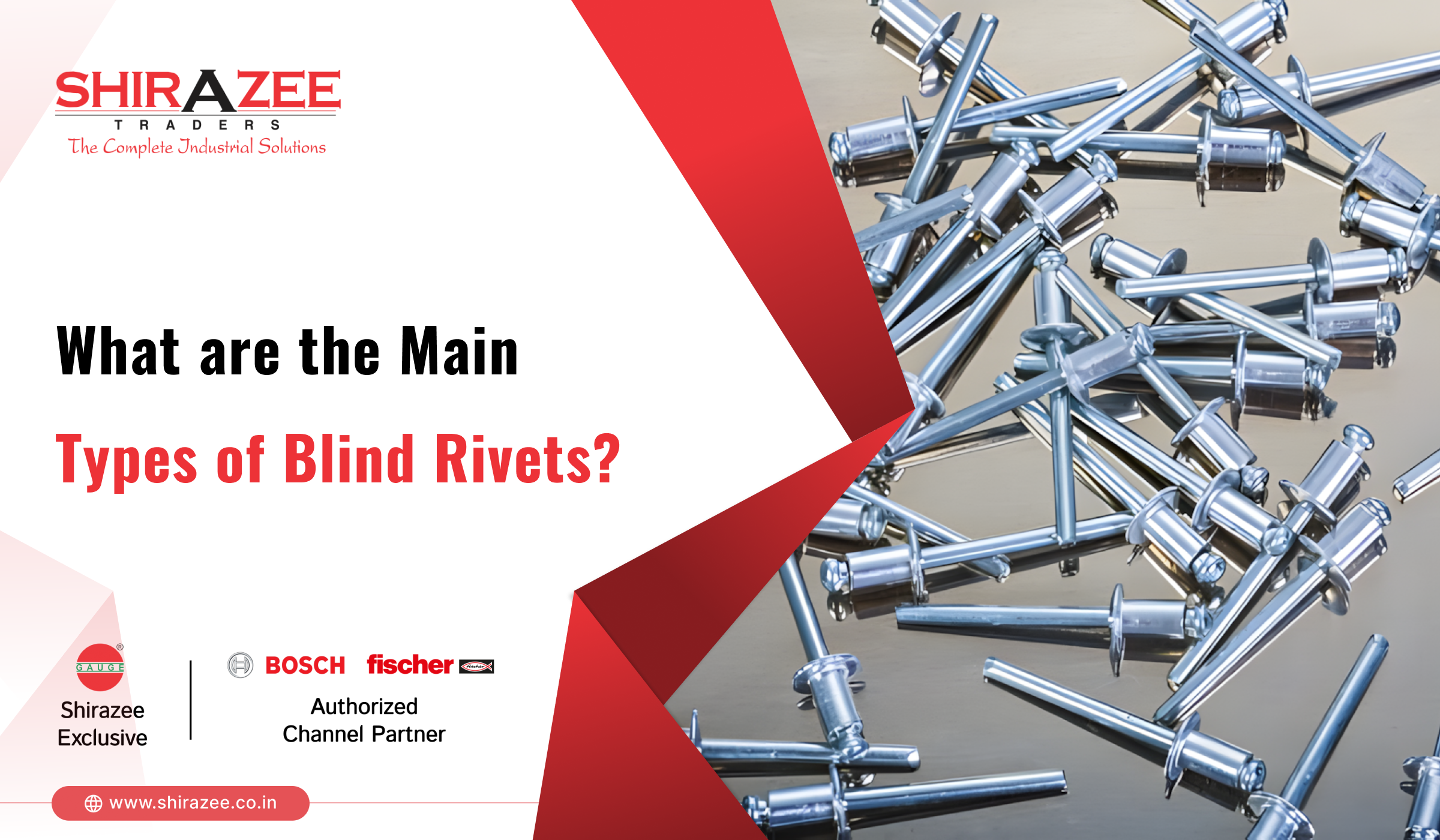
Blind rivets are irreplaceable in various industries, from construction to manufacturing, due to their ease of installation and ability to create strong, lasting bonds. Blind rivets feature a simple design with a rivet body and a mandrel, which is pulled through the body to fasten two materials securely. However, different types of blind rivets serve specific applications, each offering unique benefits depending on the project requirements. This blog explores the primary types of blind rivets, their features, and their typical uses.
What are Blind Rivets?
In the world of fasteners, blind rivets stand out for their versatility and strength. Unlike traditional rivets, which require access to both sides of the material, blind rivets are installed from only one side. This capability makes them ideal for situations where the back of the material is inaccessible. Over time, blind rivets have evolved into several types, including pop rivets, closed-end rivets, structural rivets, multi-grip rivets, peel blind rivets, and grooved blind rivets, each with distinct advantages.
Types of Blind Rivets
1. Pop Rivets
Pop rivets are the most commonly used type of blind rivet that were developed for the aircraft industry in the 1930s, and their name comes from the “pop” sound made during installation. Pop rivets consist of a hollow body and a mandrel, which is pulled through the body using a specialized tool, expanding the rivet and securing the materials together. They are ideal for joining materials like metal, plastic, wood, and leather, making them popular in manufacturing, repairs, and even home DIY projects. Their ease of use and fast installation make them a go-to choice for many professionals and hobbyists. They are useful in Automotive repairs, construction projects, Gutter installations, and Light-duty manufacturing units.
2. Closed-End Rivets
While most blind rivets are open-ended, closed-end rivets provide a watertight seal. This feature makes them ideal for projects where it is essential to prevent the passage of liquids or gasses. Closed-end rivets are commonly used in marine and outdoor applications, such as assembling boats, tanks, and containers. In addition to their sealing properties, these rivets offer a higher shear strength than standard pop rivets.
3. Structural Rivets
Structural rivets are designed to withstand high stress and vibrations, making them the strongest option in the blind rivet family. These rivets are often used in heavy machinery, automotive, and aerospace industries. Structural rivets provide a double-locking mechanism that enhances their grip, ensuring they remain intact under extreme conditions. One example is the Huck bolt, a type of structural rivet that can withstand intense vibrations and provide a secure, long-lasting hold. Structural rivets are often used in situations where a standard blind rivet may fail due to excessive movement or force such as in heavy machinery, aerospace engineering, and automotive manufacturing.
4. Multi-Grip Rivets
When working with materials of varying thickness, multi-grip rivets are an excellent choice. These rivets feature a wider grip range than standard pop rivets, allowing them to secure materials of different thicknesses without needing to stock multiple rivet sizes. This versatility makes multi-grip rivets popular in industries where reducing inventory is a priority. Multi-grip rivets are also ideal for irregular or oversized holes, as they expand more uniformly during installation, ensuring a solid hold. They are commonly used in applications where manufacturing of products, repairs involving irregular holes, and construction projects with mixed materials are found.
5. Peel Blind Rivets
For materials that are prone to cracking or are considered soft, such as plastics, fiberglass, or thin sheet metal, peel blind rivets are the best option. Upon installation, these rivets split into four legs on the blind side, spreading the load across a wider surface area. This feature helps prevent pullout and ensures the material remains intact during and after installation. Peel blind rivets are frequently used in industries like electrical work, where components made from soft materials need to be secured without risking damage.
6. Grooved Blind Rivets
Grooved blind rivets are designed to offer superior grip in soft or brittle materials, such as wood or plastic. The rivet body features grooves that provide extra friction during installation, ensuring a strong, reliable bond even in applications where traditional rivets might loosen over time. Grooved rivets are particularly useful in projects that experience significant vibrations or movement like woodworking and plastic assemblies. When the mandrel is pulled through, the grooves grip the material more firmly, preventing the rivet from pulling out under stress.
Why Blind Rivets are Essential Fasteners
Blind rivets offer several advantages over other types of fasteners, such as screws or bolts. First, they can be installed from one side, making them perfect for applications where access to the backside of the material is limited. Second, they provide a clean, professional finish, as the mandrel is snapped off during installation, leaving a smooth surface. Third, blind rivets are available in various materials, including aluminum, steel, and stainless steel, allowing them to be used in a wide range of environments. In addition, blind rivets have a basic design that can be easily adapted to various applications, from lightweight materials to heavy-duty installations. The combination of strength, durability, and ease of use makes them an irreplaceable component in many industries.
Conclusion
Understanding the different types of blind rivets and their applications is crucial when selecting the right fastener for a project. From pop rivets and closed-end rivets to structural rivets and peel blind rivets, each type offers unique benefits for specific applications. Whether you’re working on a lightweight assembly or a high-stress industrial application, choosing the correct blind rivet ensures a secure, long-lasting connection. By selecting the appropriate rivet type, material, and grip range, you are all set to tackle any fastening challenge with confidence.


